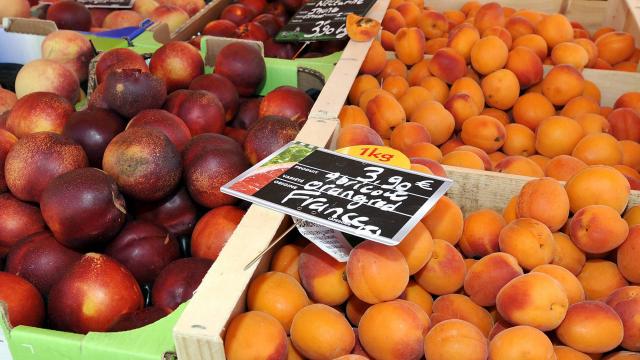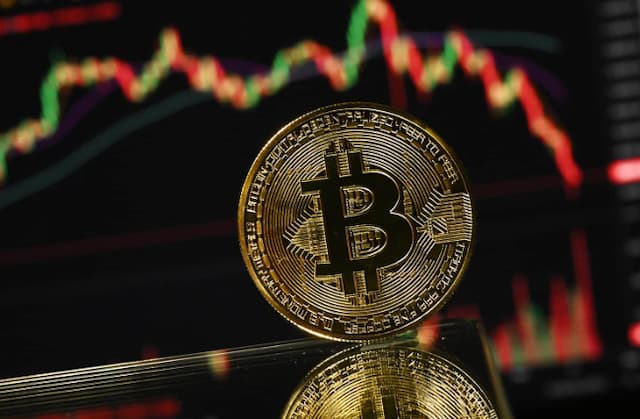Fruits and Vegetables: Declining Prices after a 2016 Record

This summer, the prices of fruits and vegetables were lower than last year. They had seen a record increase in 2016 after difficult weather conditions, according to the association Rural Families.
The Rural Families Association released Thursday its annual barometer of prices of fruits and vegetables . This summer prices on the labels were down 8% for fruit and 7% for vegetables. This marks a rebalancing after rates in 2016 had jumped 18% for fruit and 10% for vegetables.
This year, buy a kilogram of fruit costs an average of 3.76 euros and vegetables cost 2.14 euros.
Apricots falling, tomatoes up
But this hides wide disparities: strawberries (7.85 euros, up 2%) and cherries (6.14 euros, -15%) remain expensive, whilst melons (2.22 euros -10%), carrots (1.29, -16%) or salad (€ 0.95, -4%) appears more reasonable.
Fruits and vegetables that have recorded the largest decreases are apricots (-26% to € 3.02), potatoes (-22%, to 1.39 euro) and courgettes (-20% to 1.53).
Conversely, tomatoes (+ 8% to 2.09 euros) or pears (+ 5% to 2.79 euros) see their prices revalued.
Organic twice more expensive products
Organic prices remains stable (+ 0.1%) for fruit and vegetables increased by 3%. These products are almost two times more expensive than equivalent conventional agriculture (EUR 6.96 / kg of organic fruits, vegetables 4,21 euros).
@DMarmier “Côté bio, prix stable pour cette année ce qui marque le pas en comparaison à l’année dernière où le bio augmentait encore”
— Familles Rurales (@FamillesRurales) August 24, 2017
Over 10 years, the prices of fruit in France rose by 18.6%, “is faster than inflation (12.2%)” , and those vegetables 7%, also notes Rural Families.
@DMarmier “sur 10 ans, depuis le début de notre observatoire, +18,6% sur le prix des fruits et +7% pour le légumes”
— Familles Rurales (@FamillesRurales) August 24, 2017
It “is not necessarily more expensive to buy French”
The cheapest distribution channel for the purchase of fruits and vegetables remains hard discount (46.3 euros a basket of 16 fruits and vegetables), followed by hypermarkets and supermarkets (48.6 euros). Markets remain the most expensive, to 55.3 euros, while prices have this year fell 10% on the stalls.
Finally, the association stresses that it “is not necessarily more expensive to buy French” . Indeed, 10 French fruit and vegetables on the 16 studied “are cheaper or slightly more expensive (less than 0.2 euro / kg)” that their foreign equivalents.
This study is based on price surveys (Association does not consider the quality) of 8 fruit and vegetables 8, performed by 54 “watchmen” in 32 departments between June 5 to 11 and 3 to 9 July.
Enjoyed this? Get the week’s top France stories
One email every Sunday. Unsubscribe anytime.


